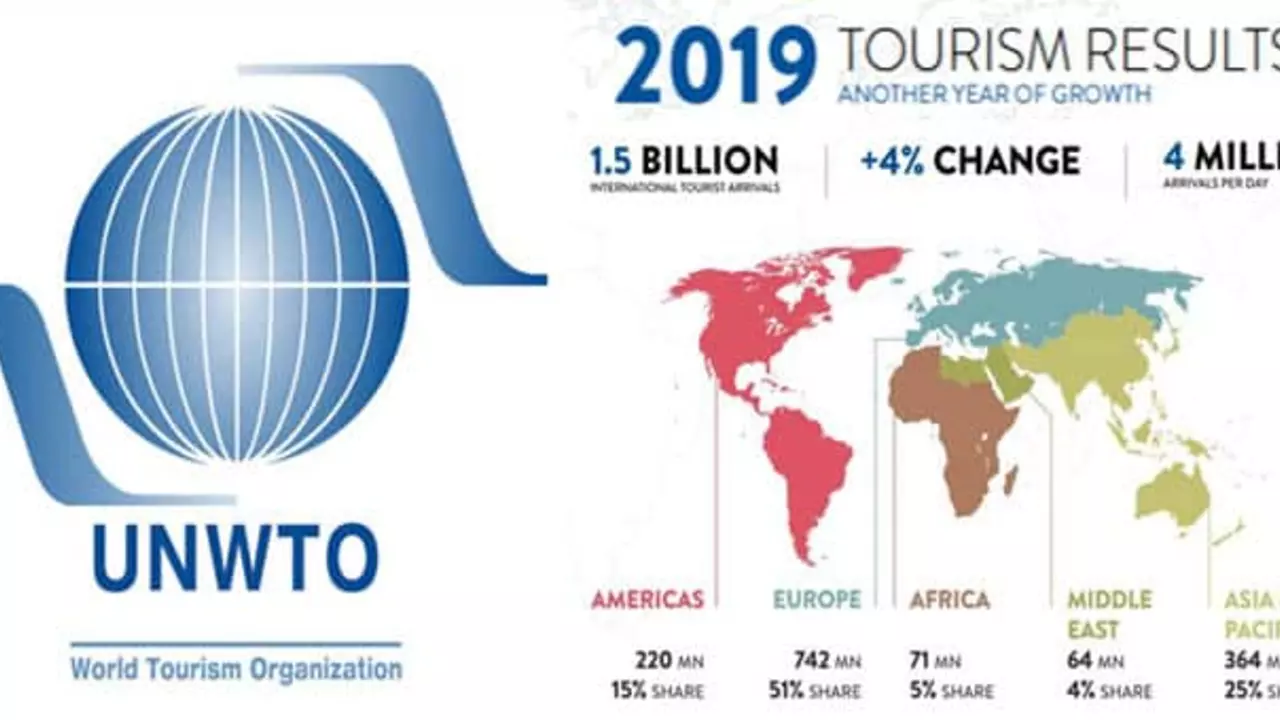-
17

Why is India's share of inbound international tourism so low?
Understanding the Scale of Global Tourism
Before we delve into the specifics of India’s share in international inbound tourism, it’s crucial to understand the global scenario first. Tourism has been one of the fastest-growing industries worldwide, contributing significantly to the economies of various nations. The World Tourism Organization (UNWTO) defines international tourists as people who travel to a country other than their own for less than a year, for business, leisure or other purposes. Despite its rich cultural heritage, diverse geography, and hospitality, India's share in this booming industry is surprisingly low.
Scrutinizing India's Current Share in Inbound International Tourism
According to the UNWTO, India accounts for a meager 1.24% of global tourists. This is shockingly low considering the country's vast cultural, historical, and natural wealth. India welcomed only around 10.56 million international tourists in 2019, in stark contrast to countries like France, Spain, and the USA, which attract over 80 million tourists annually. So, what are the reasons behind this glaring disparity?
Issues with Infrastructure
One of the primary reasons contributing to the low inbound tourism in India is the lack of proper infrastructure. Many tourist spots across the country lack basic amenities, cleanliness, and maintenance. Moreover, poor transport connectivity and lack of international standard hotels and resorts in many places make it difficult for international tourists to enjoy a comfortable stay.
Visa Regulations and Procedures
India's complicated and time-consuming visa procedures can be a significant deterrent for international tourists. While many countries have simplified their visa processes to attract more tourists, India still has a long way to go in this regard. Furthermore, the cost of Indian visa is more expensive compared to many other tourist-friendly nations, which can discourage potential visitors.
Security Concerns
Perceptions about safety and security issues in India have also hampered its growth as a preferred tourist destination. Reports of crime against foreign tourists, particularly women, have been detrimental to India's image internationally. While the government has taken several measures to ensure tourist safety, more needs to be done to change global perceptions.
Marketing and Promotion
Effective marketing plays a crucial role in promoting a country as a tourist destination. Countries like Australia, Malaysia, and Singapore have been successful in attracting tourists through effective marketing campaigns. However, India's efforts in marketing and promotion have been relatively lackluster, failing to create a compelling and inviting image of the country for international tourists.
Environmental Issues
India’s environmental issues, like air pollution, littering, and lack of cleanliness also deter tourists. Despite the country’s efforts to implement ‘Swachh Bharat’ or ‘Clean India’ campaign, much more needs to be done to ensure clean and hygienic surroundings for visitors.
Impact of the Low Inbound Tourism on India's Economy
The low share of inbound international tourism not only reflects poorly on India's image but also has a significant economic impact. Tourism industry has the potential to boost local economies, create jobs, and generate revenue. However, India's low share means it's missing out on these benefits.
Steps Taken by the Government to Boost Tourism
Recognizing the potential of tourism for economic growth, the Indian government has taken several initiatives to boost inbound tourism. These include simplifying visa procedures, promoting India through 'Incredible India' campaign, and investing in infrastructure development. However, the results of these efforts are yet to match the potential that India has as a tourist destination.
What More Needs to be Done?
While the government's efforts are commendable, there is still a long way to go. India needs to revamp its tourism strategy, focusing on improving infrastructure, ensuring tourist safety, and implementing effective marketing campaigns. It also needs to address environmental concerns and ensure cleanliness and hygiene at tourist spots. Only then can India hope to increase its share in global tourism and reap the economic benefits that come with it.
 Travel and Tourism
Travel and Tourism
Write a comment